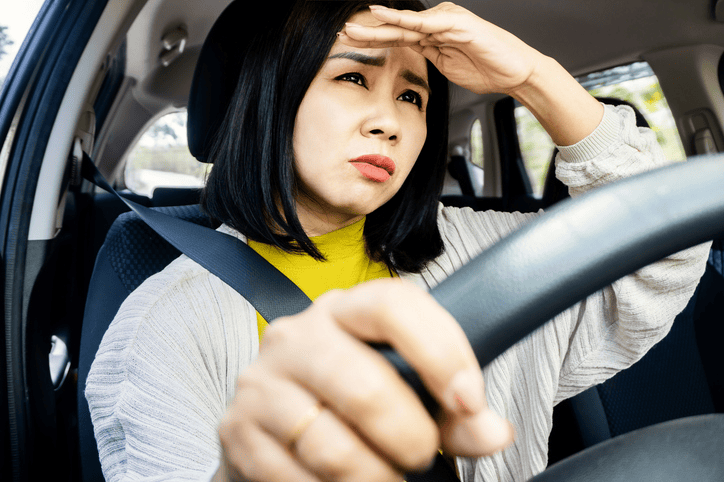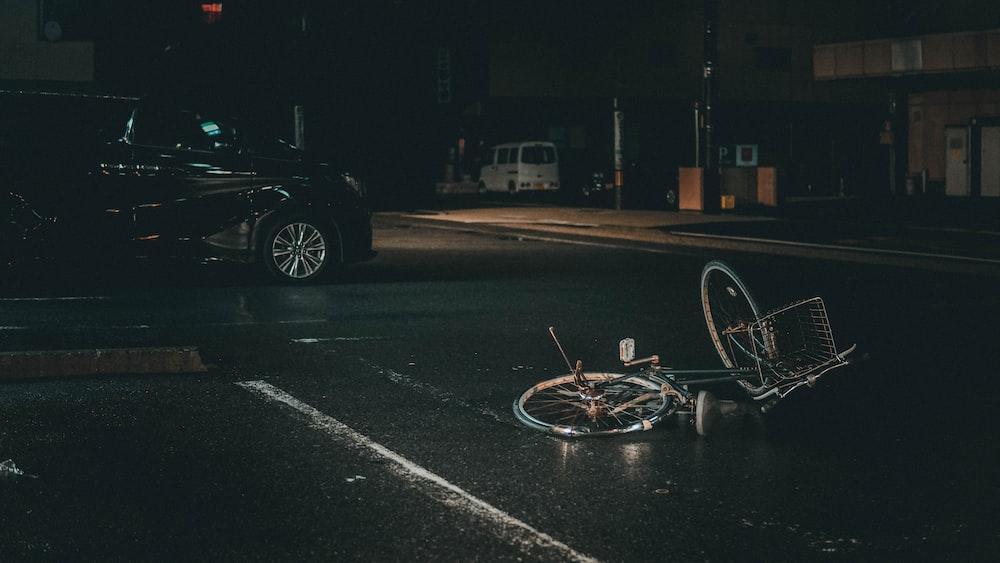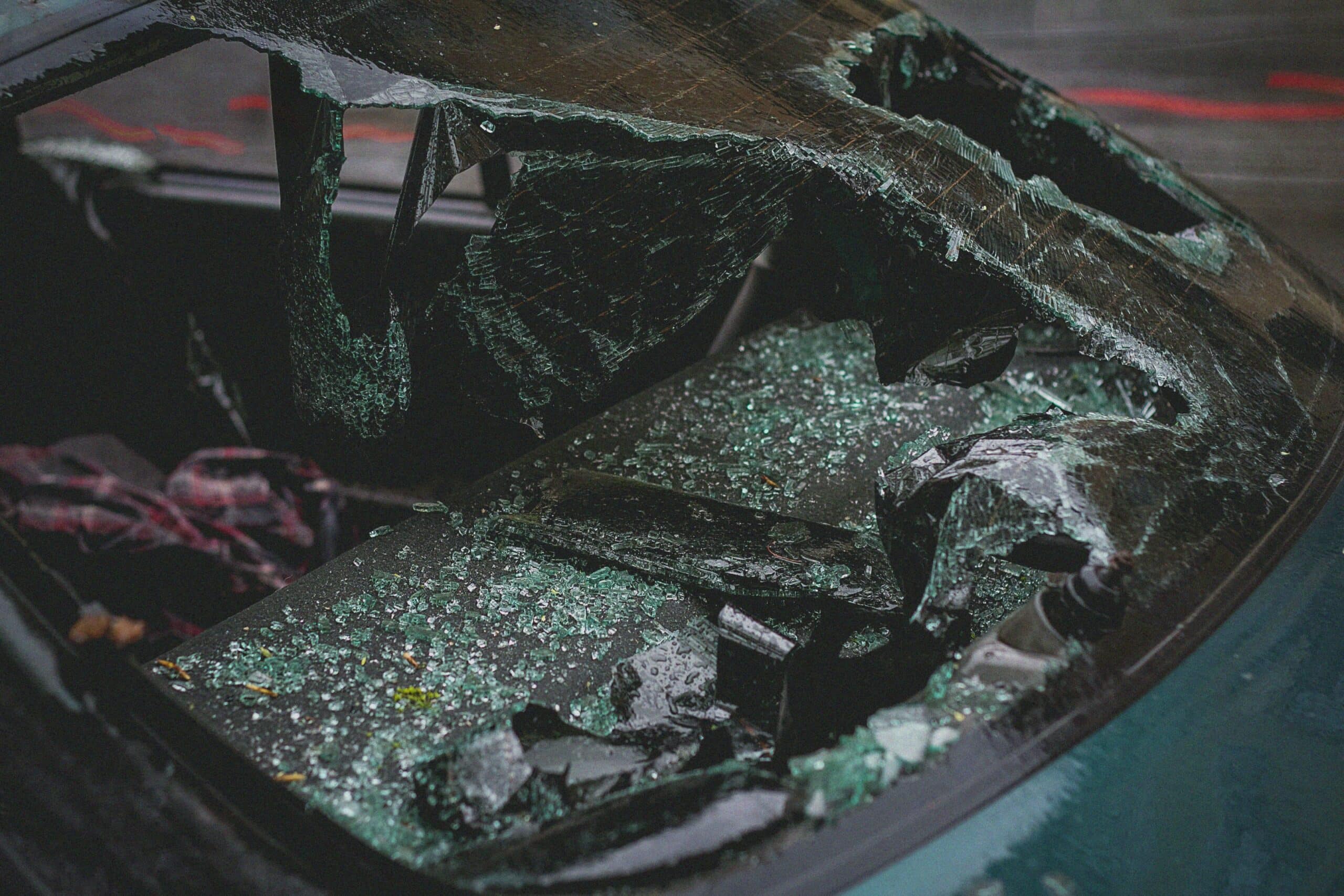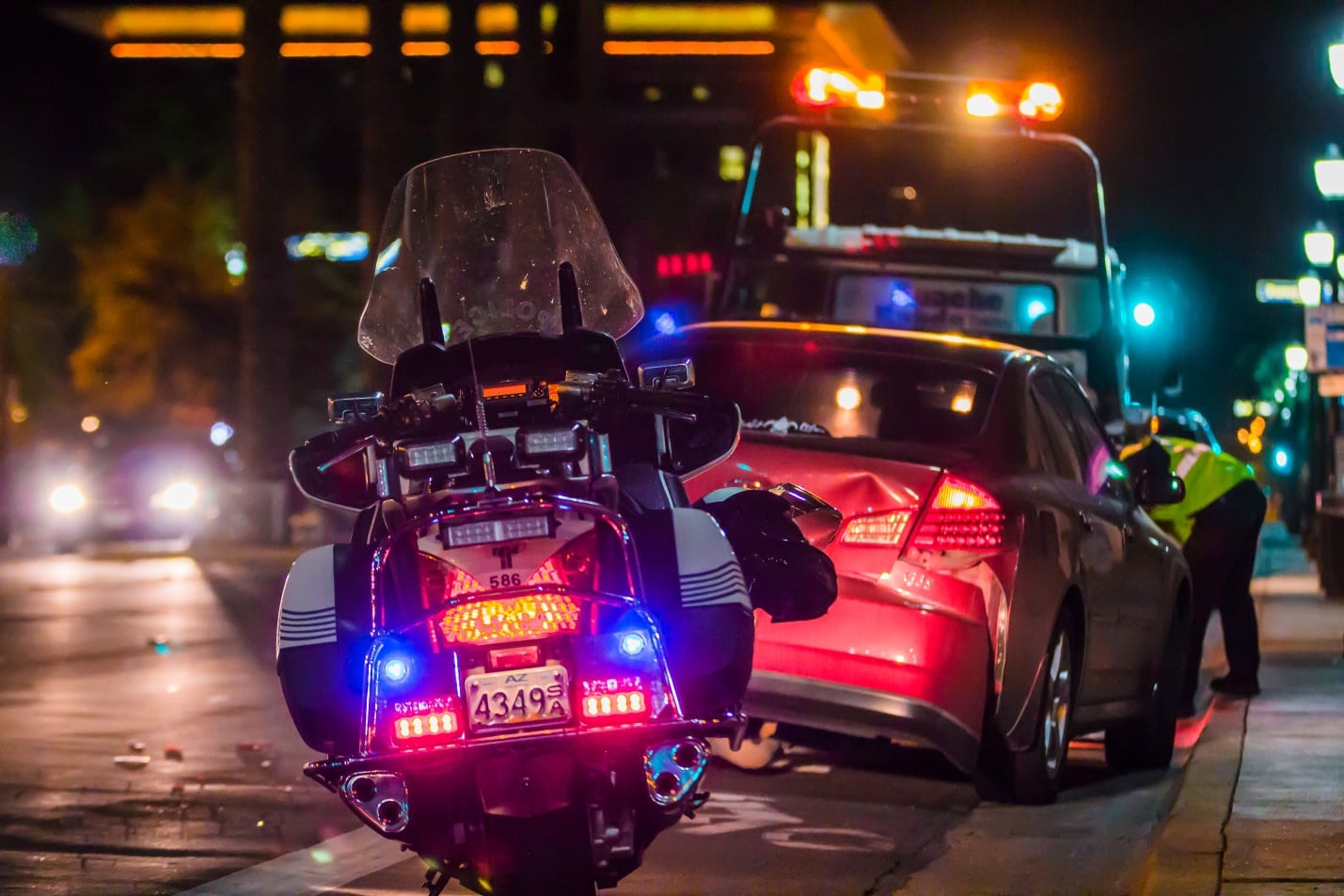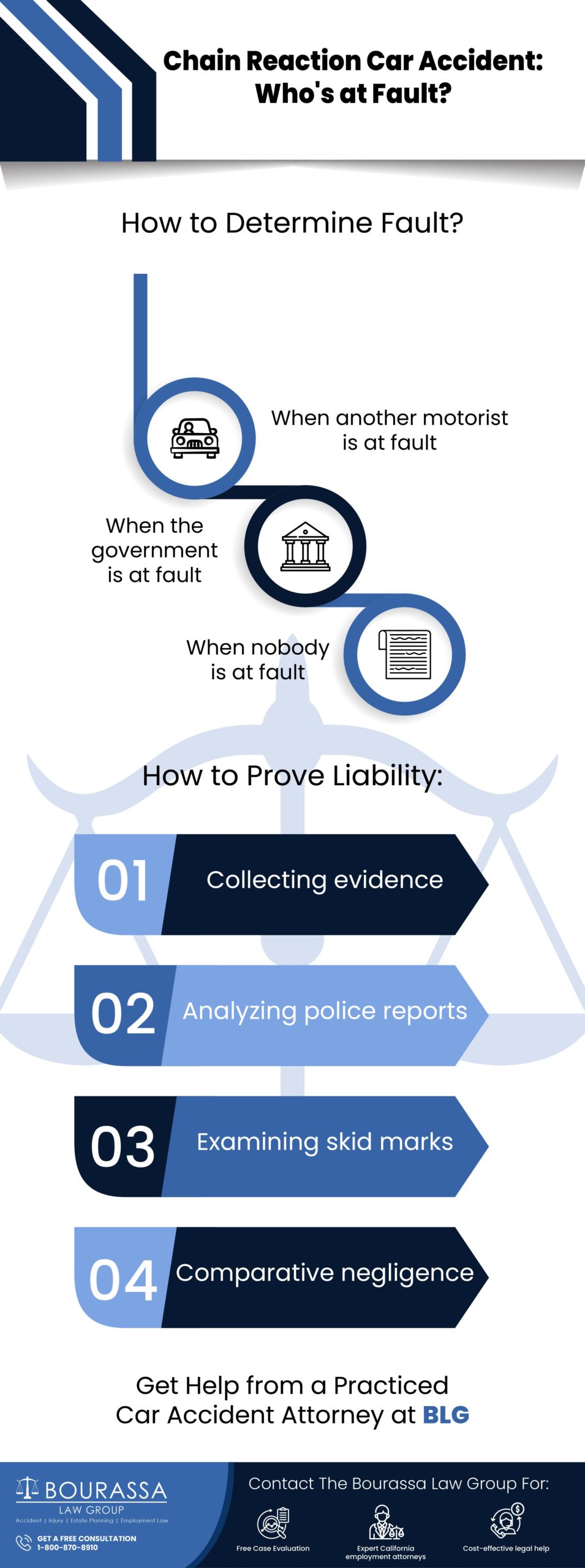
In the aftermath of a chain reaction car accident, determining fault can be as complex as the collision itself. With multiple vehicles involved, each contributing to the unfolding chaos, establishing culpability becomes challenging. This article delves into the intricacies of unraveling the sequence of events, understanding contributing factors, and ultimately identifying who bears responsibility in the chain reaction. Navigating the aftermath of such accidents requires carefully examining traffic rules, driver behaviors, and the events that led to the collision.
What Is a Chain Reaction Car Accident?
A chain reaction car accident, often termed a multi-vehicle accident or pile-up, involves three or more vehicles colliding successively. These accidents often occur when the first collision acts as a catalyst, setting off a series of subsequent crashes involving other vehicles. The initial collision is like the spark that triggers a domino effect, leaving multiple drivers and cars in chaos.
How Do Chain Reaction Accidents Happen?
Chain reaction accidents can occur for various reasons, and they are often more intricate than single-vehicle collisions. Common causes include:
Distracted Driving: One of the leading causes of chain reaction car accidents is distracted driving. When a driver takes their eyes off the road or becomes preoccupied with a phone, the risk of a rear-end collision increases, potentially setting off a chain reaction.
Brake Lights and Delayed Reaction: Sudden stops can catch drivers off guard in heavy traffic. If a driver fails to react quickly enough or misjudges the distance between vehicles, it can result in a chain reaction.
Vehicle Malfunction: Mechanical failures, such as brake malfunctions or tire blowouts, can lead to the inability to stop quickly. When a vehicle malfunctions and causes the initial collision, it can trigger subsequent crashes.
Contributory Negligence: In some cases, more than one driver may share responsibility for the initial collision. Contributory negligence can complicate matters when determining who is at fault.
Who Is At Fault In a Chain Reaction Accident?
Determining fault in a chain reaction accident is critical to seeking compensation for damages and injuries. The complexity arises when multiple drivers are involved, and factors contribute to the collision. Here are scenarios where the fault may lie in a chain reaction accident:
When Another Motorist Is at Fault:
One of the most common scenarios for assigning fault in a chain reaction accident is when another driver’s negligence or recklessness triggers the collision. This could involve behaviors such as:
Reckless Driving: Aggressive or careless driving can lead to sudden stops or maneuvers that catch other drivers off guard.
Failure to Yield: If drivers fail to yield the right of way or ignore traffic signals, they may be held responsible for causing the initial collision.
Distracted Driving: Engaging in activities like texting, talking on the phone, or any other distraction that diverts attention from the road can lead to chain reaction accidents.
In chain reaction accident cases, the driver responsible for the initial collision may bear primary liability for the entire accident.
When the Government Is at Fault:
Chain reaction accidents can also result from external factors, such as poor road conditions or faulty infrastructure. In these instances, the government entity responsible for maintaining the road may be held liable. Factors contributing to government liability include:
Poor Road Maintenance: If the road is poorly maintained, with potholes, uneven surfaces, or inadequate signage, it can contribute to accidents.
Faulty Traffic Signals: Malfunctioning traffic lights or signals can lead to confusion among drivers, potentially triggering a chain reaction.
Inadequate Signage: Lack of proper signage, especially in areas with complex traffic patterns, can contribute to accidents.
Holding the government accountable may involve navigating specific legal procedures, but ensuring that road conditions meet safety standards is essential.
When Nobody Is at Fault:
In some instances, determining fault can be particularly challenging. This may occur in scenarios where adverse weather conditions, unforeseeable events, or a combination of factors make it difficult to assign blame accurately. In such cases, the accident may be considered a “no-fault” accident.
Examples of situations where fault might be challenging to determine include:
Adverse Weather Conditions: Ice, snow, heavy rain, or fog can create hazardous driving conditions, making it difficult to establish clear liability.
Unforeseeable Events: Unexpected events, such as sudden animal crossings or debris on the road, can contribute to accidents where no single driver can be held responsible.
Legal Rights After a Chain Reaction Car Accident
After a chain reaction car accident, understanding your legal rights is essential to navigate the complex process of seeking compensation. Here are some fundamental rights you should be aware of:
Right to Compensation for Damages:
As an innocent party in a chain reaction crash, you have the right to seek compensation for various damages, including:
Vehicle Damage: The costs of repairing or replacing your vehicle.
Medical Expenses: Costs related to hospitalization, medical treatments, rehabilitation, and ongoing healthcare needs.
Lost Wages: Compensation for income lost due to injuries sustained in the accident.
Pain and Suffering: Non-economic damages for physical and emotional pain resulting from the accident.
Right to File an Insurance Claim:
Nevada operates under a fault-based insurance system, meaning the at-fault party’s insurance covers the damages. You can file a claim with the at-fault party insurance company.
How to Prove Liability:
Proving liability in a chain reaction accident is crucial for seeking compensation. Here are key considerations:
Collecting Evidence: Gathering evidence is essential. This may include photos of the accident, eyewitness statements, and any relevant documentation, such as police reports.
Analyzing Police Reports: Police reports can provide valuable information about the sequence of events and initial findings regarding the fault. Analyzing these reports can be instrumental in building a case.
Examining Skid Marks: Skid marks on the road can offer insights into the speed and braking patterns of the vehicles involved. These marks can be crucial in reconstructing the accident.
Comparative Negligence: Nevada follows the proximate negligence rule, which means that fault can be assigned to multiple parties. Understanding how this rule applies is essential for determining liability.
How Can an Attorney Help?
Navigating the legal complexities of a chain reaction car accident requires expertise. A skilled car accident lawyer can provide invaluable assistance in the following ways:
Establishing Liability: Attorneys specializing in car accidents have experience investigating the accident’s circumstances and can help determine who is at fault.
Dealing with Insurance Companies: Insurance companies can be challenging to negotiate with, especially in multi-vehicle accidents. A lawyer can communicate with insurance adjusters on your behalf to ensure fair compensation.
Filing Claims: The legal process involves filing claims and meeting deadlines. An attorney can guide you through the paperwork and ensure all necessary documents are submitted correctly and on time.
Proving Damages: Demonstrating the extent of your injuries and damages is crucial for obtaining fair compensation. A lawyer can help gather medical records, accident reports, and other evidence to support your case.
Court Representation: If a fair settlement cannot be reached, an attorney can represent you. Their expertise in presenting a compelling case can significantly impact the outcome.
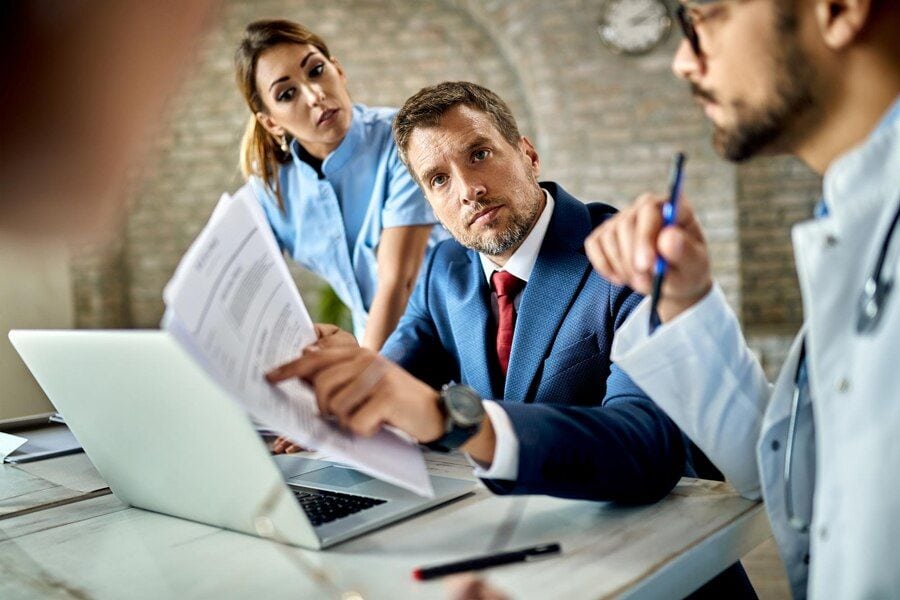
Get Help from a Practiced Car Accident Attorney at BLG
In the aftermath of a chain reaction car accident, the road to justice may seem complex and challenging. However, with the proper legal guidance, those involved can navigate the intricacies of determining fault and seek the compensation they deserve.
If you are in the unfortunate situation of being part of a chain reaction accident, remember that you don’t have to face the legal process alone. Contact BLG for legal help; our seasoned attorneys are experienced in handling car accident cases. They can be your advocates, ensuring that your rights are protected and that you receive fair compensation for the damages and injuries you’ve endured.
Contact us today for a free consultation.
FAQs
What happens in a chain collision?
A chain collision, a multi-vehicle collision, or pile-up occurs when three or more vehicles are involved in a series of rear-end collisions. Typically, the force of the initial impact propels each car into the one in front of it, creating a chain reaction. These accidents often result in significant damage and may involve multiple drivers and passengers.
Who is usually at fault in a car crash?
Fault in a car crash is determined based on the concept of negligence. The at-fault party is generally the one whose negligent actions led to the accident. Negligence can include speeding, running a red light, or failing to yield. However, faults can be shared or assigned to multiple parties depending on the circumstances. Insurance companies, police reports, and eyewitness testimonies are often used to determine fault.
Who is responsible for the accident?
Responsibility for an accident is typically determined by identifying the party at fault based on their negligent actions. This determination is made through an investigation by law enforcement, insurance companies, and possibly a court if a legal dispute arises. Responsibility and legal liability might not always align, as various factors, including local laws and regulations, can influence legal decisions.
